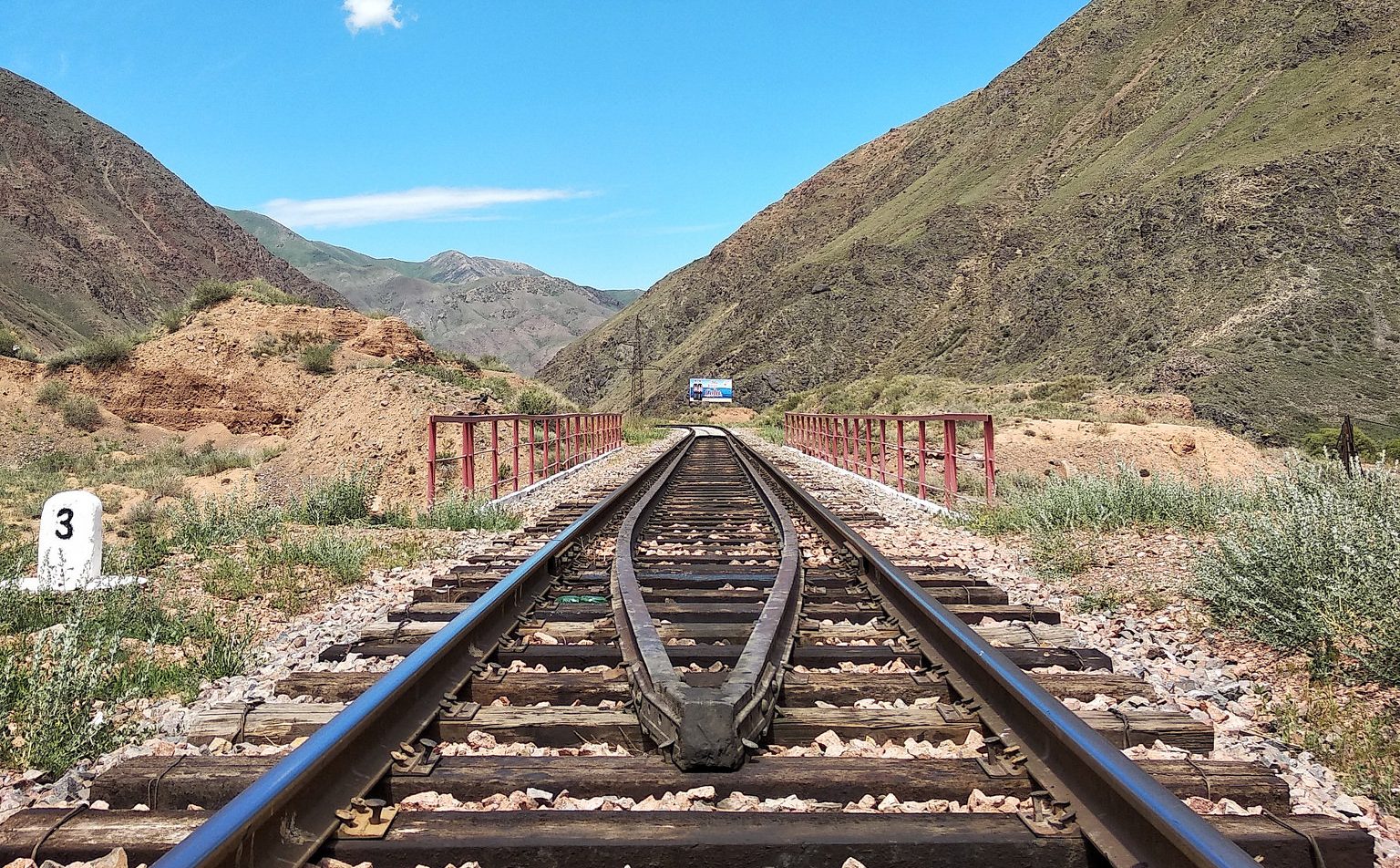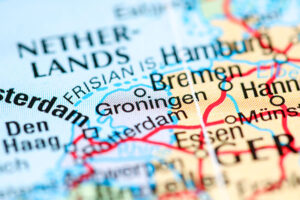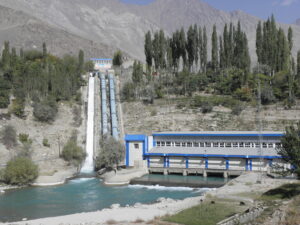How ‘central’ is Central Asia in the EU-Asia connectivity strategy?

Photo: Railroad in Kyrgyzstan by Vncent Aguerre via Flickr under Creative Commons license
Editorial
A confusing strategy
At the end of 2018, the European Union (EU) presented its Europe-Asia connectivity strategy (CS). The CS applies to transport, energy, and digital networks, and includes a human dimension. It is also linked to several ongoing and planned EU projects and processes. While it has at its core the promotion of EU trade, the CS appears to be very broad and quite open to interpretation.
So far, the CS has raised more questions than provided answers. The main geopolitical question is whether there is a real need for a connectivity strategy with Asia or if this is the EU’s response to the Chinese Belt and Road Initiative (BRI). While most observers seem to lean towards the latter, given Asia’s rising economic importance, it is still unclear how the EU plans to compete with China in Asia or if the EU will try to establish synergies around concrete issues between the CS and BRI.
A second question relates to the term ‘connectivity’, probably the EU’s winning jargon buzzword of 2018 that can be applied to almost every aspect of the EU’s dealings with other countries and regions. The CS argues that connectivity goes beyond transport, energy, and digital networks to include also people-to-people connectivity. Here there seems to be somewhat a confusion between connectivity and mobility, as the CS mostly stresses mobility of students, researchers, artists, and athletes under this header.
Third, the many ingredients of the EU’s connectivity approach seem to mix with EU development aid policies in areas such as support to developing countries’ educational systems, local trade, etc. Whereas the securitisation of development aid was a concern in the first 15 years of the 21st century, the current trend seems to be moving towards a ‘connectivisation’ or ‘trade-isation’ of development aid, blurring European trade interests with development cooperation goals.
Regarding Central Asia, the main question is whether the region is seen as merely a transit zone that needs to be crossed in order to help the EU connect with Asia or it is itself important for the EU. The fact that the CS barely mentions Central Asia does not provide many clues, given that the EU has sought to avoid tying the strategy to specific countries or sub-regions. However, given that the strategy seems to exclude Russia and that the EU tends to see Central Asia as a post-Soviet territory that is an extension of Europe, it is unlikely that the CS will bring much to Central Asian countries besides transit profits for the region’s leadership.
Against this background, including an element of connectivity tailored to the region in the new EU strategy for Central Asia to be launched in 2019 is more likely to bring concrete results in terms of connecting Europeans and Central Asians. EU connectivity efforts should focus on local and regional trade development, as well as border management, with a view to eliminating trade barriers. Only if local trade is facilitated and boosted will Central Asians be able to connect to European markets. In addition, the new strategy should emphasise society programmes (focused on creating employment in the region and reducing labour migration) and broad educational programmes, which can help Central Asians and Europeans to connect.
In this first EUCAM Watch of 2019, we connect with Boris Iarochevitch of the EEAS, who discusses the relationship between the CS and the EU’s planned new Central Asia strategy; Frans-Paul van der Putten of Clingendael, who analyses how to coordinate European and Chinese activities in Central Asia; and Jacopo Maria Pepe of the Robert Bosch Center and German Council on Foreign Relations, who includes Russia in the geopolitical mix and argues for an European balancing act between Russia and China. EUCAM fellows Sabrinisso Valdosh, Anastasiya Ten, and Gulnura Chekirova outline in a joint article Central Asian views on sustainable, comprehensive, and rules-based connectivity between Europe and Central Asia. At the end of this EUCAM Watch, you will find EUCAM’s most recent updates.
Download “How ‘central’ is Central Asia in the EU-Asia connectivity strategy?” EUCAM-Watch-20.pdf – Downloaded 1519 times – 634.55 KB


![shutterstock_1240181551 [Omgezet]](https://eucentralasia.eu/wp-content/uploads/2024/10/shutterstock_1240181551-Omgezet-300x248.jpg)



